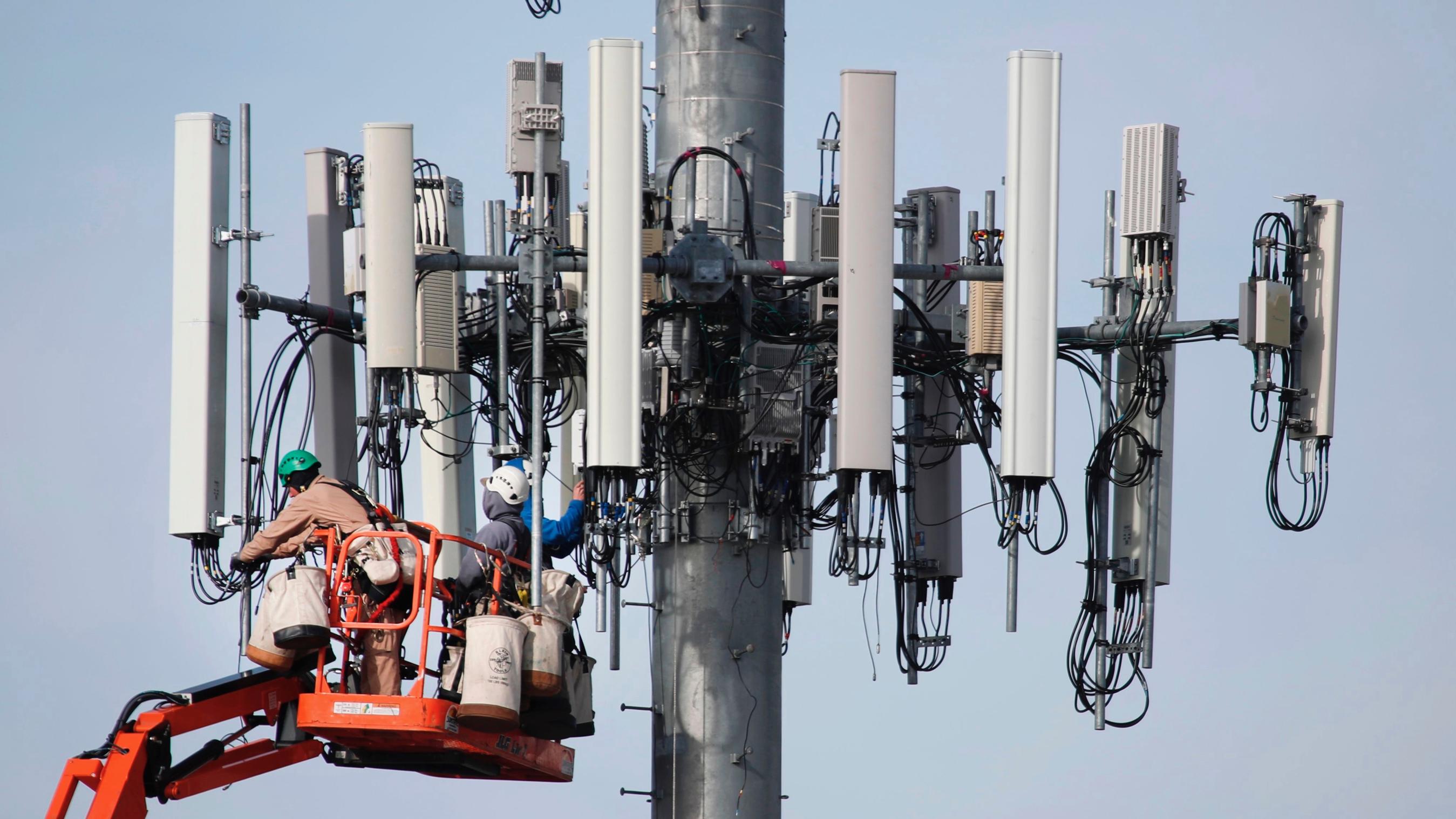If you've ever wandered through a city you might have noticed tiny 5G cell towers placed on poles for street lighting. They look like small boxes, but they're actually broadcasting wireless signals from cell phone providers to your phone.
These smaller towers are replacing larger, purpose-built cell towers. While they're not as noticeable, they still can cause issues for users.
A Federal Communications Commission's Radiation Exposure Thresholds
The FCC's Radiation Exposure Thresholds establish the maximum amount of time a person can be exposed to electromagnetic radiation from wireless devices. The exposure limits are based on research which show that the energy of RF could be harmful to human health.
The specific absorption rate (SAR) is an indication of the amount of radiofrequency energy taken up by tissues. It's usually 1.6 milliwatts per kilogram spread over a Gram of tissue.

However, because what is a safe distance from a 5g cell tower transmits at higher frequencies this could be able to increase the intensity of energy on the skin and other directly-exposed body parts. This could result in many possible harms, like the appearance of skin conditions such as dermatitis and cataracts and skin cancer.
Because of the potentially harmful effects of radiation from 5G, PSU has chosen to set a general localized power density limit of 4 mW/cm2 averaged on 1cm2, and never exceeding 30 minutes for the entire 5G spectrum at 3000 GHz. This localized limit is in accordance with the maximum spatial-average SAR of 1.6 W/kg, averaged over one g of tissue at 6 GHz.
The FCC's Maximum Exposure Thresholds
If you've ever used a cell phone, you're probably aware that the safest range from the tower is around 400 meters. This is because the power of transmission from a cell tower increases dramatically the further you are from it.
While what is safe distance from 5g tower sounds like something that's good but the truth is that those living close to towers could be more susceptible to health issues. For instance, a study conducted in 2014 in India found that residents who lived within 50 meters of cell towers experienced much more health problems than those living further distance from them.
But, the study showed that residents who moved to areas that were further from the cell towers saw their symptoms improve within a couple of days. Studies have also shown that exposure to high frequencies of radiofrequency electromagnetic fields (EMFs) could cause brain tumors, cancers as well as other health issues.
This is due to the fact that radiofrequency radiation, which is utilized for wireless communication, has the ability to be absorbed by the body's outer layer of skin. It is vital to be aware of this since the skin serves as a barrier to protect against injury to the body, infection by pathogenic microorganisms, and infiltration of toxic substances. Additionally, it is the largest organ in the human body and is responsible for maintaining the integrity of other organs.
The FCC's Minimum Exposure Thresholds
The FCC's Minimum Exposure Thresholds rely on numerous assumptions that are not supported by evidence from science. These include the erroneous assumption that exposures to RF radiation are safe due to minimal penetration into the body (i.e. the heating of tissues).
The assumption is also ignoring the more extensive penetration of ELF components of modulated RF signals as well as the consequences on the body of short bursts from pulsed RF waves. These assumptions are not in line with current knowledge of the biological consequences of RF radiation. As such they should not be relied upon for health-protection exposure standards.
Additionally there is the fact that both ICNIRP and FCC restrict their limit of exposure to the local SARs that are based on the peak frequency of absorption (psSAR) which is an inadequate dosimetric tool for determining the level of radiation exposure. In particular, psSAR is inaccurate for frequencies above 6 GHz. Furthermore, psSAR has not been evaluated for RF radiation exposed to other environmental agents such like sunlight. Interactions of RF radiation and other environmental agents may produce synergistic or antagonistic effects. safe distance from cell tower would result in an increased risk of adverse health consequences. For example, co-exposure to RF radiation with sunlight may raise the chance of developing skin cancer and exacerbate other skin conditions like acne.
